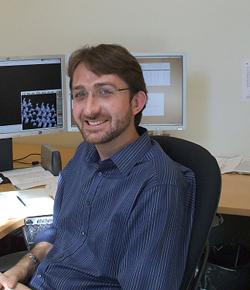David Prendergast, Molecular Foundry, Lawrence Berkeley National Laboratory
hewl102
Current electrical energy storage technologies do not meet multiple efficiency and safety requirements for wide-spread adoption in the automative industry and grid-scale applications. Advances in battery design are hampered by a lack of a molecular scale understanding of the many electrochemical and chemical processes that define a working cell. One possibility is that X-ray spectroscopy can provide this insight, as an element-specific probe of local electronic structure. However, such studies rely heavily on accompanying first-principles predictions of the associated atomic and electronic structure of materials and their interfaces and direct interpretation of X-ray spectra through simulation. Through use of orbital-occupancy-constrained density functional theory, we have developed a predictive method for the simulation of X-ray absorption spectra associated with 1s (K-edge) excitations of elements in the soft and tender X-ray regimes - including sulfur. In addition, we have learned the importance of nuclear dynamical degrees of freedom in defining spectral line shapes and have developed methods capable of accurate spectral energy alignment across a wide range of oxidation states for a given element. We have applied these techniques to understanding magnesium ion electrochemistry and the complex speciation in lithium-sulfur cells.

